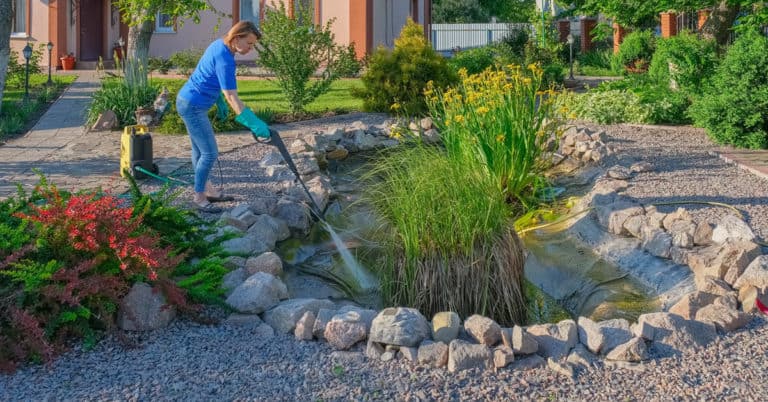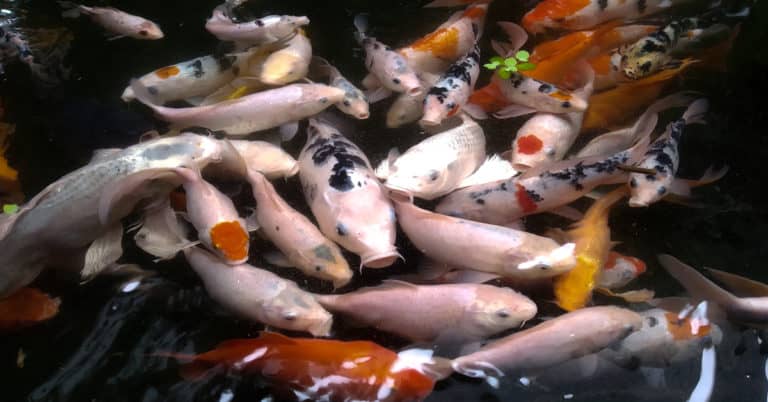If until now you always associated charcoal with grilling, you’re among the majority. However, charcoal is a powerful, natural filter for humans and koi ponds alike.
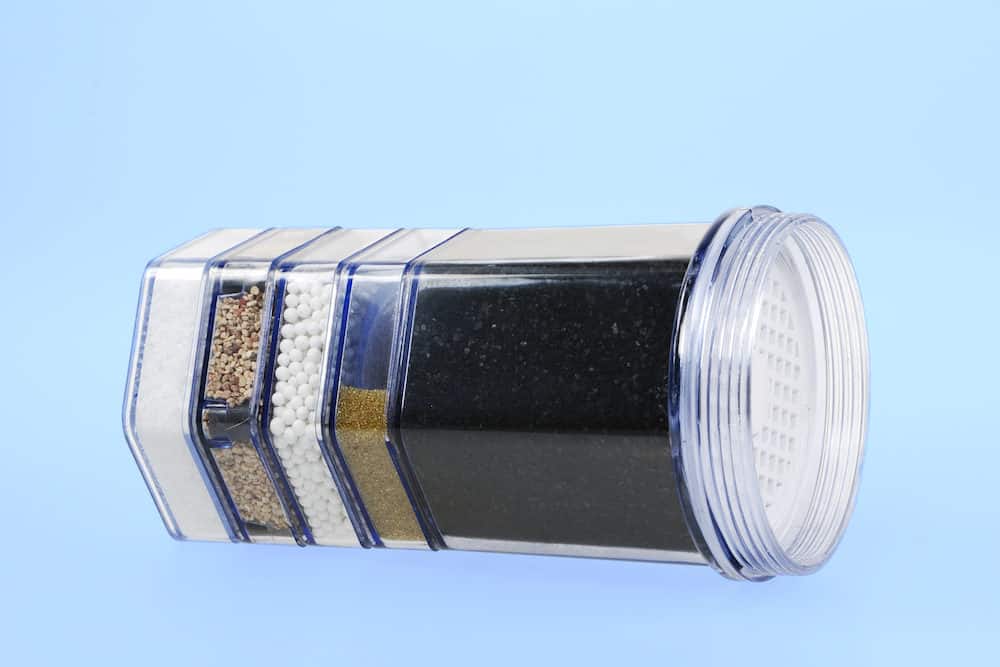
When I first started my koi pond, I knew that I needed to install a pond filtration system. But I had no idea that the two typical filtration methods I was using-mechanical and biological filters-were still leaving my koi fish swimming in harmful chemicals.
Needless to say, I learned my lesson and am here to teach you about using a charcoal filter for koi ponds so that you don’t have to go through the steep learning curve that I did. Trust me, your fish will be better off because of it, and your family, too if you decide to use an activated carbon filter with your drinking water.
Charcoal filters are a method of using activated carbon to make harmful bacteria in your koi pond neutral. It’s good to know that there are three types of filtration to understand the importance of charcoal filters in pond water:
A charcoal filter for koi ponds falls under chemical filtration. It’s an extra step that many koi fish owners overlook, given that mechanical filtration moves physical debris, and biological filtration deteriorates ammonia and nitrite.
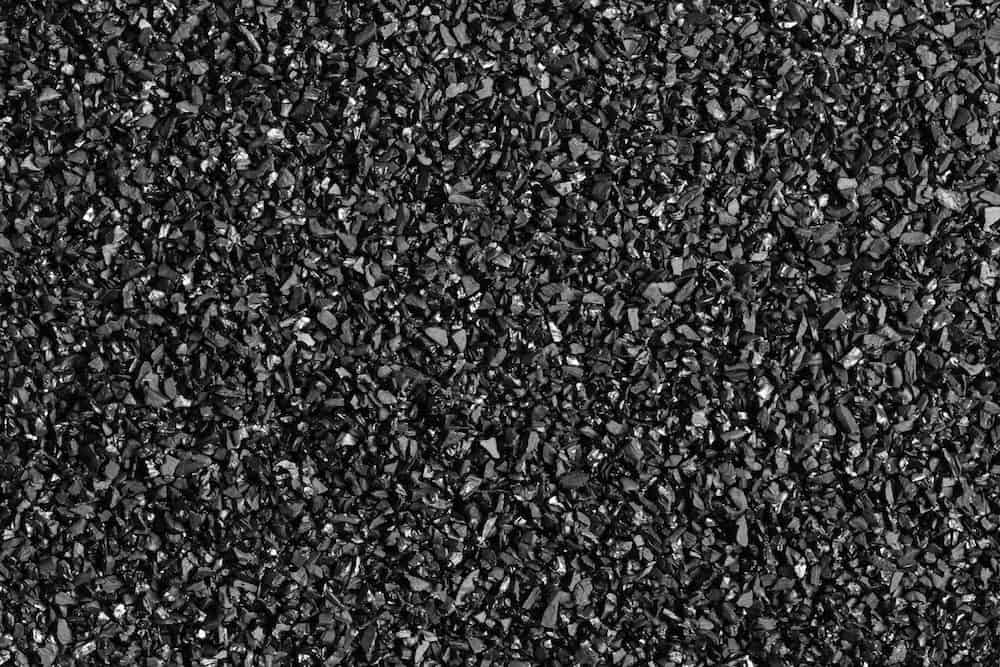
Nevertheless, if you know that you have harmful chemicals lurking in your ground or tap water (and let’s face it, most of us do), using activated carbon to chemically filtrate your koi pond is an excellent idea.
Charcoal filters are effective at removing a plethora of contaminants in aquariums and ponds. Examples include:
They can even remove excess koi pheromones. If you want your koi fish to stay small, this might not be an attractive feature for you since high pheromone levels in the water will slow down or halt your koi fish’s growth.
A charcoal filter doesn’t look like filter media that you’re used to. Instead, the “filter” comes in a bucket with chunks of black, porous rock resembling coal. Unlike coal, charcoal is an artificial product originating from wood.
By placing a bag of charcoal in your koi pond, the charcoal will react with organic compounds that encounter it by neutralizing them. Thanks to charcoal’s porous nature, you don’t need to use too much, relatively speaking, for it to be effective.
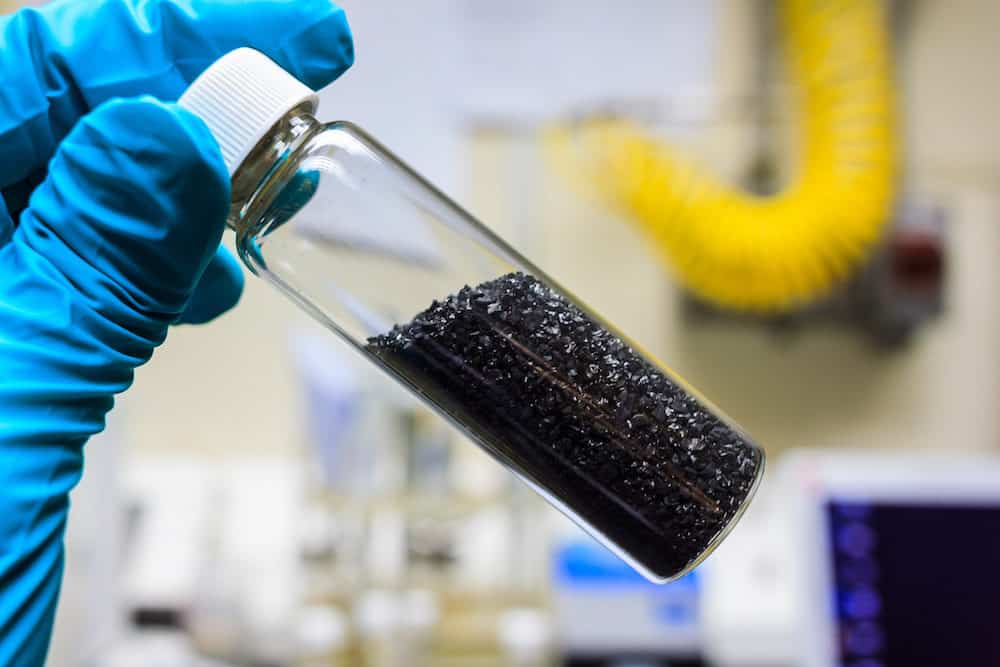
That’s because the pores increase charcoal’s surface area. As a result, a single piece can neutralize far more chemicals than if it weren’t porous.
The chemical reaction that occurs when organic compounds interact with charcoal is adsorbtion. You read that right-adsorbtion.
In contrast to absorption, which we all recognize, adsorbtion is when atoms, ions, and molecules adhere to charcoal (or any surface, for that matter).
You can probably picture what happens next. Over time, your charcoal pieces collect so many unwanted molecules that they begin forming a coating over the charcoal.
Naturally, charcoal becomes less effective when this happens. So, you’ll need to swap out your old charcoal for some new pieces occasionally.
Your charcoal will get to work right away regardless of how you put it in your pond. However, you can help it keep harmful chemicals out of your water more effectively by placing it in a bag with filter material. Mesh is ideal.
You should aim to place your bag of activated carbon in front of flowing water. That way, more water will have the opportunity for circulation, and it’ll also more quickly spread the cleaned water throughout your pond.
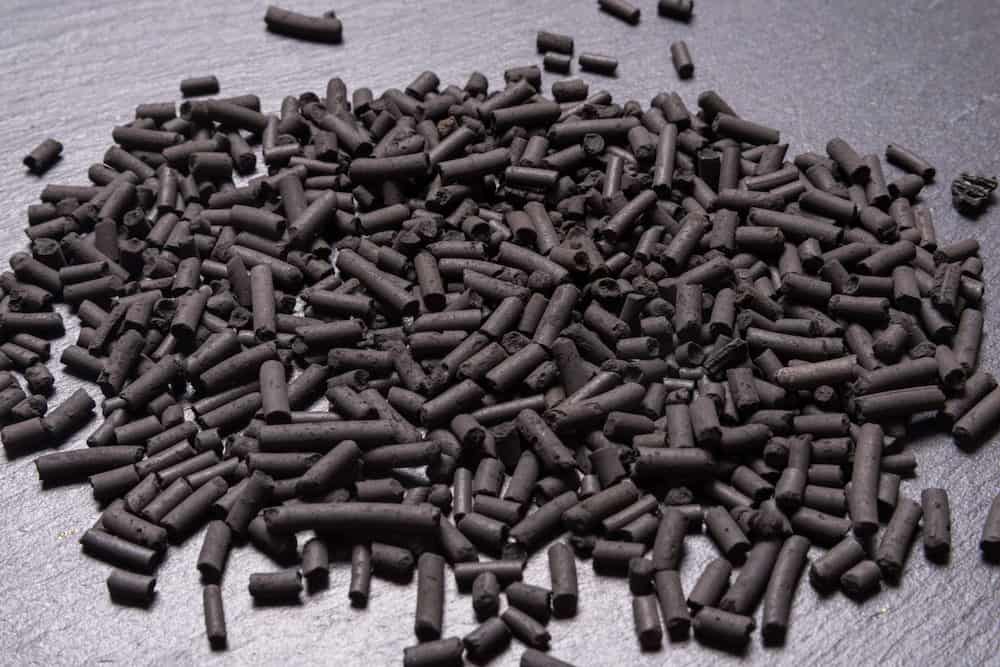
By purchasing charcoal geared towards koi ponds, the bucket will indicate how much charcoal to use. We recommend following those instructions.
But to give you a general idea, you can expect to use four to six pounds of charcoal for every 1,000 gallons of water. Yes, it’s a lot! So, you’ll want to ensure you have a large enough mesh bag. The good news is that you don’t have to worry about overdosing your koi pond with activated carbon.
Aside from the most obvious benefit of serving as a koi pond filter, using charcoal offers additional advantages, such as:
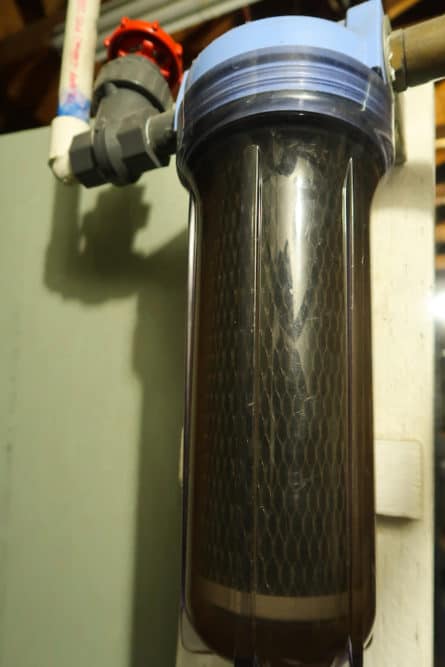
As with all good things, using a charcoal filter for koi ponds has some downsides. They include:
Needless to say, the disadvantages above are a compliment to charcoal-it works so well that it neutralizes anything in its path.
You probably don’t need me to spell this out for you, but just in case, you should remove activated carbon before giving your fish medicine. Furthermore, keep the charcoal out of your pond until you complete your treatment of algaecides and water dye.
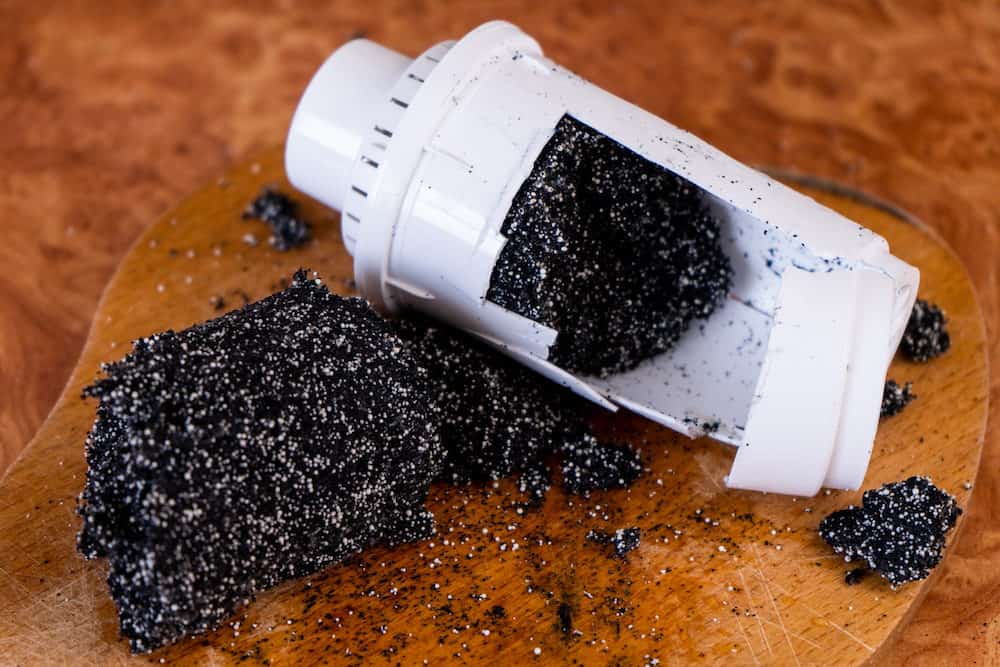
If you have an aquarium filter, you know that routinely replacing your filter is crucial for your tank’s health. The same goes for charcoal in your koi pond.
As a general rule, you should take out the old charcoal and put new pieces in your mesh bag every two or three months.
Should you have a pond with strong odors, colors, or chemicals (that you suspect), it’s best to replace the charcoal more frequently. Doing so every couple of weeks until you notice a visible difference is an excellent strategy.
While leaving old charcoal in your water won’t harm your pond fish per se, the neutralized particles can weaken their hold on its surface. As a result, they may end up pulling away and start circulating in your pond water once again.
Therefore, my rule of thumb is that it’s better to replace your activated charcoal too often than not frequently enough.

